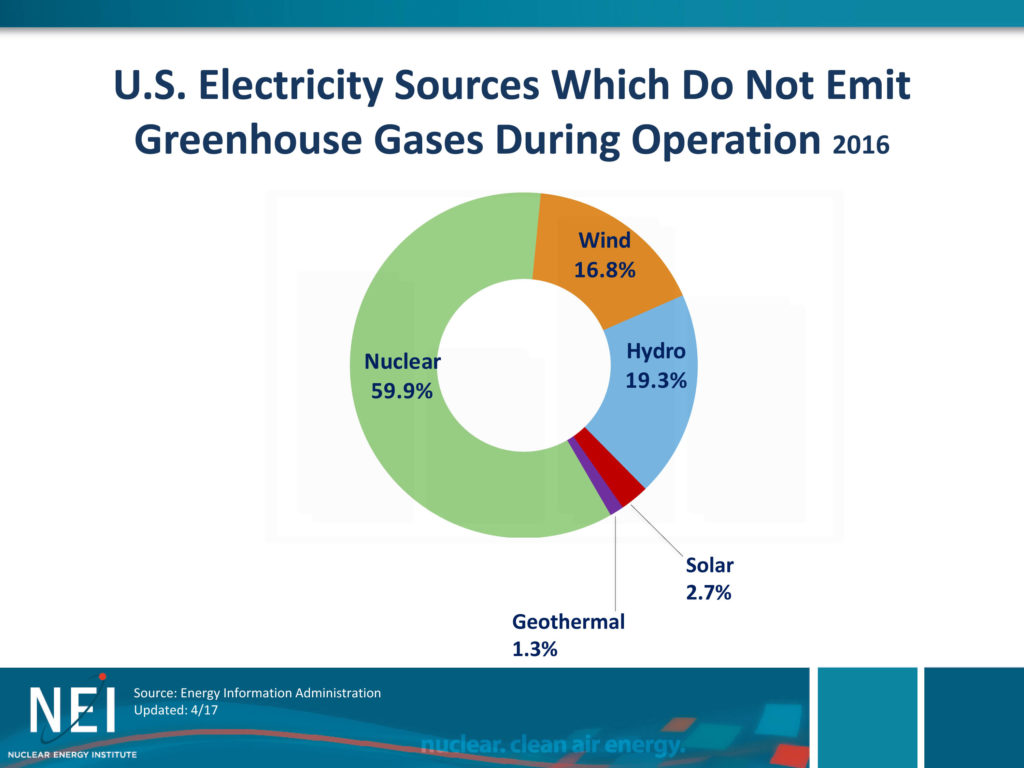The rear guard defending the coal industry in the White House and across the mall at the Department of Energy need to put their reading glasses on and spend some quality time with a couple of just-released documents that put to rest any dreams of recovery.
The first, from American Electric Power, is a corporate document filled with congratulatory platitudes and the obligatory cautions about going too far, too fast. But, and this is the key, it acknowledges reality, and lays out a plan for addressing that reality instead of pining for the past. The report, Strategic Vision for a Clean Energy Future 2018 (which is available here), should be required reading for the Trump White House and the administration’s energy-related political appointees.
The forward-looking tone is evident from the outset, with Nicholas Akins, chairman, president and CEO of Columbus, Ohio-based AEP, writing: “We have diversified our generating portfolio to provide our customers with the clean energy solutions they are asking us for.” [Emphasis added] You could easily read right over this, but it’s worth digging into the details a bit.
Continue reading AEP Looks Forward, Beyond Coal, Trump Team Still Stuck In The Past
 Follow
Follow